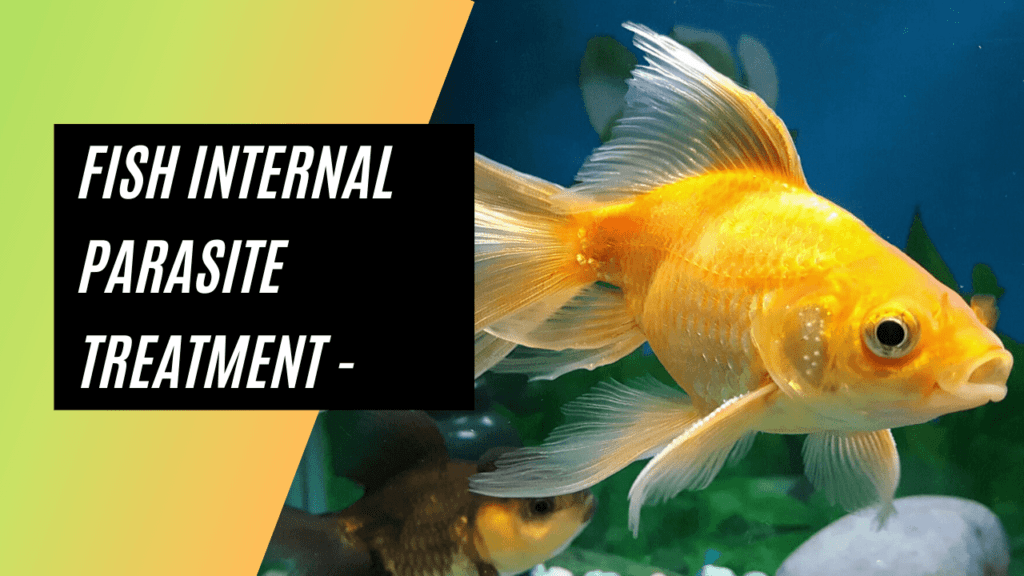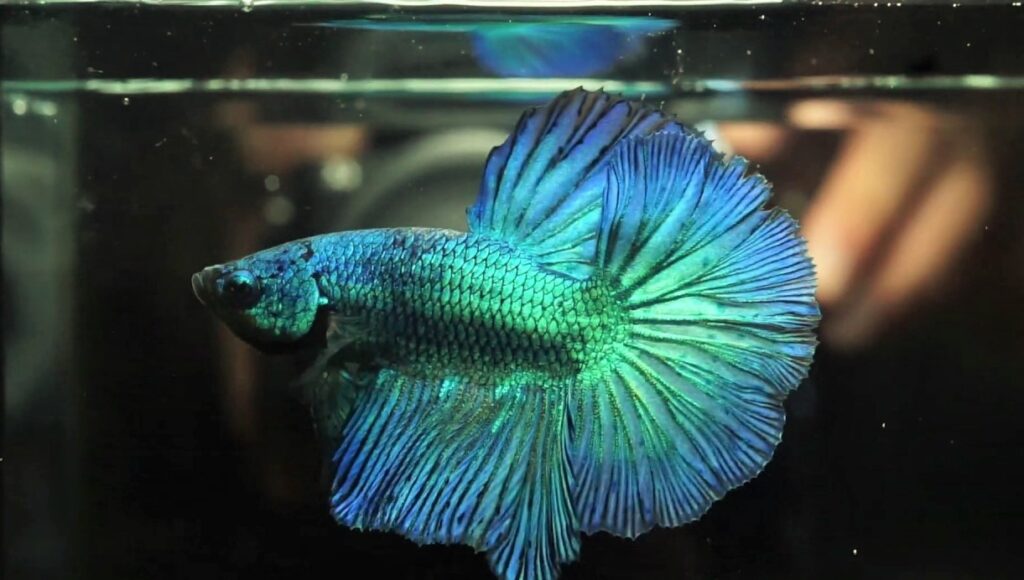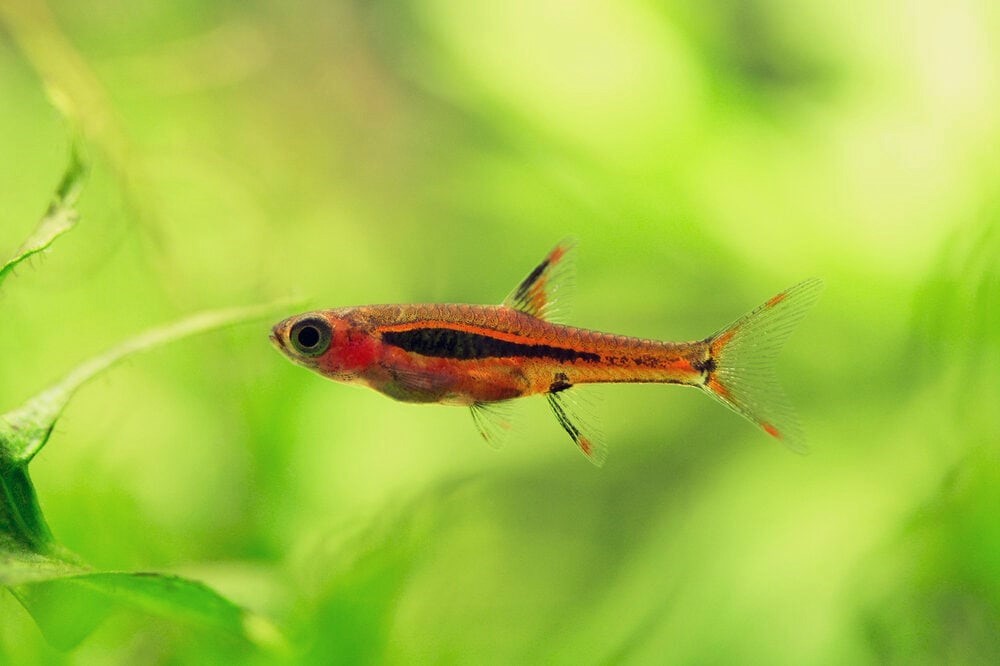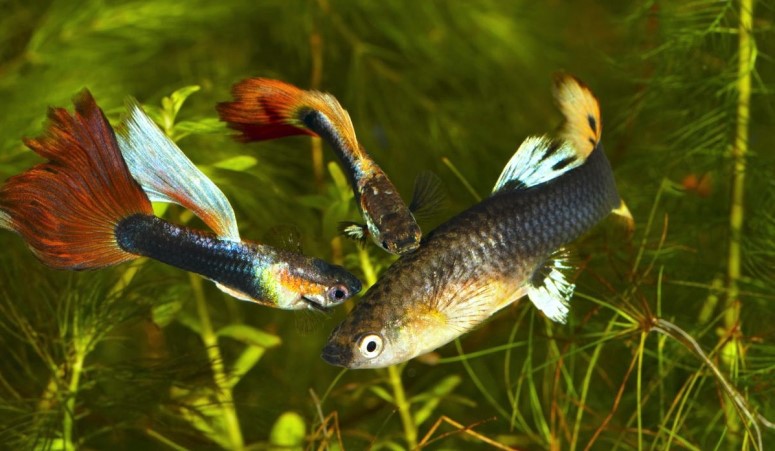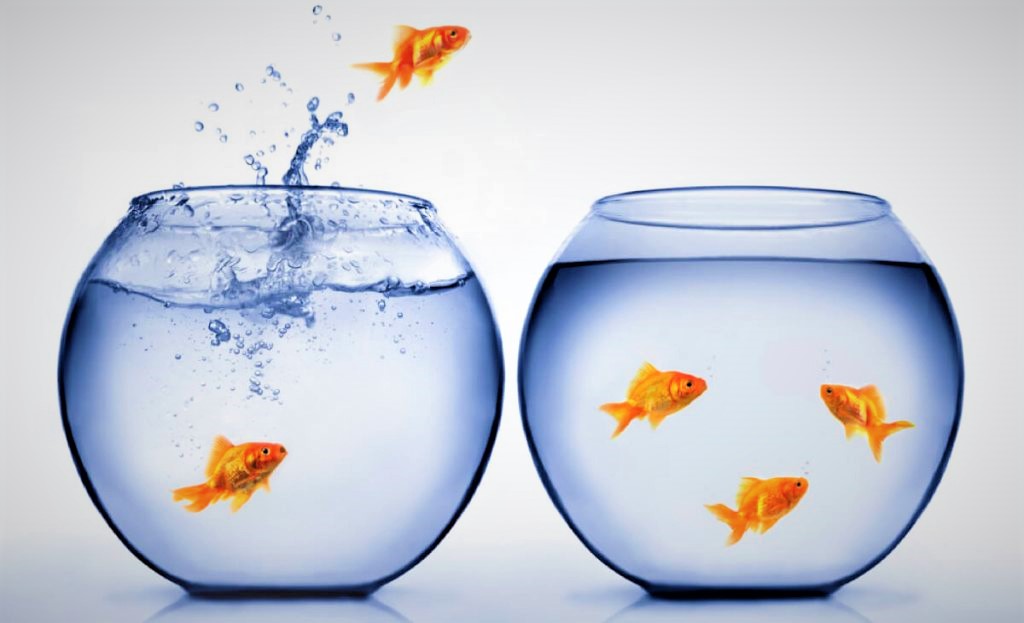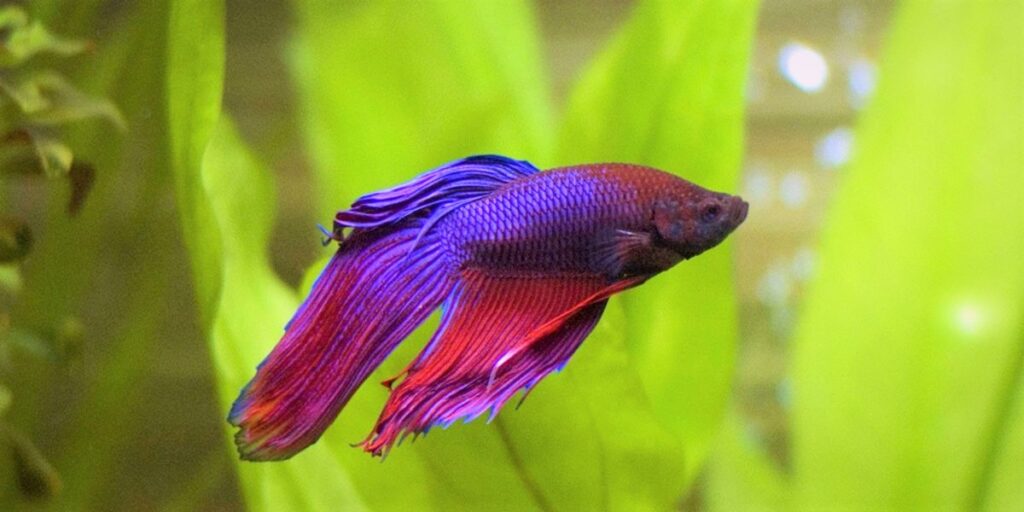We are going to tell you that what is dropsy in fish and its causes and cures. Ascites (dropsy) are the accumulation of fluid in the abdominal cavity. This disease is always noticeable: the belly of the fish becomes evenly swollen.
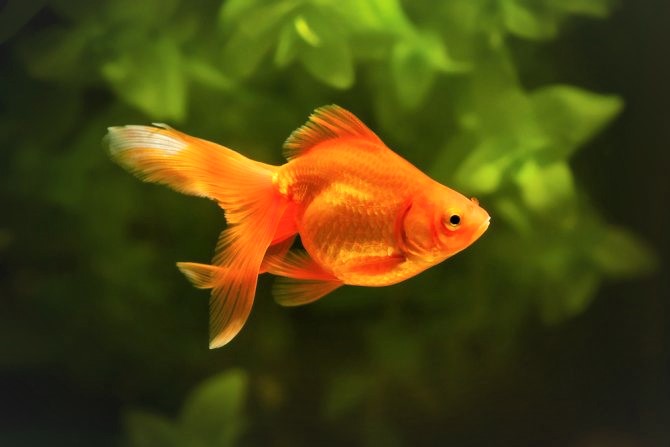
However, abdominal distention also accompanies other conditions, such as tapeworm infestation or pregnancy/egg maturation. Since the effective treatment of dropsy is possible only in the early stages, and with advanced disease, the fish dies from hemorrhage, it is important to diagnose the disease correctly.
The Symptoms of Dropsy
For a correct diagnosis, you need to know the set of mandatory symptoms of dropsy in aquarium fish.
Exclusion of invasion by worms: with ascites, abdominal distention is strong, but uniform; when infected with worms, protruding parts may occur – where there is an accumulation of worms;
Exclusion of pregnancy/maturation of eggs: the swelling is so great that the fish scales rise and bulge. The top view of the fish resembles a pine cone; under the raised scales, you can see the whitish skin.
Additional Symptoms
- Changes in the skin from loss of color to skin ulceration;
- Changes in behavior, including shortness of breath (increased movement of the gills), decreased motor activity;
- The presence of mucus in feces – often this symptom is the first and only chance for successful treatment.
- Dropsy is often accompanied by exophthalmia, i.e., bulging eyes up to eye loss, corneal opacity. Exophthalmia is not a disease in itself, but one of the consequences of dropsy, when fluid accumulates in or behind. It is important to remember that exophthalmia can be a manifestation of another internal disease.
All these symptoms together can indicate irreversible changes in the internal organs of the fish. In this case, treatment is no longer able to help. The animal must be euthanized, and the aquarium must be urgently disinfected. Bloating in fish can also occur before spawning or from exposure to internal parasites. The main symptom indicating dropsy in fish is bristling scales. At the same time, the skin of the fish is clearly visible through it. It swells and becomes white.
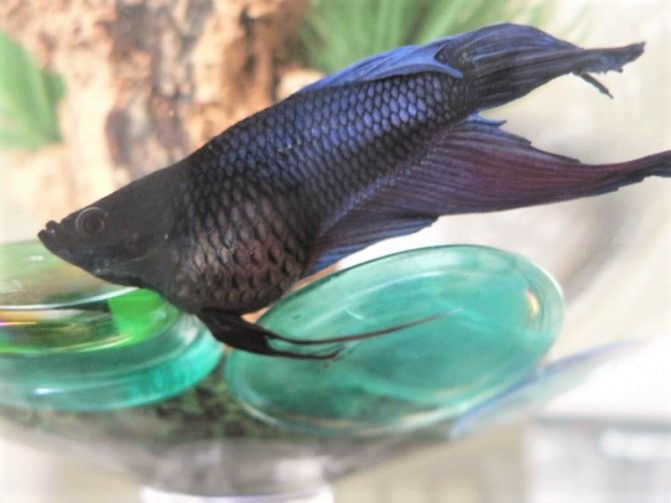
Related : Swim Bladder Disease Betta Symptoms & Treatment
Overfeeding
Some fish swallow large chunks of food, which can then be in their bodies for up to several days, swelling their bellies and causing indigestion. To prevent this from happening, crush food into smaller pieces.
Intemperance in nutrition leads to obesity in fish, as a result of which their bellies again swell.
What to do: unfortunately, nothing can be done here, in 99.9% everything ends in death.
Such fish during life often additionally suffer from abdominal dropsy and cannot reproduce due to obesity of the ovaries and testes. And there can be only one piece of advice, do not overfeed.
Prerequisites
The appearance of dropsy in aquarium fish is promoted by:
- Poor quality and wrong chemical composition of water;
- Untimely water changes and cleaning in the aquarium;
- Poor quality and monotonous food;
- Lack of oxygen;
- Inappropriate conditions of detention;
- Prolonged stress;
- Sharp fluctuations in temperature in the aquarium;
- Genetic predisposition;
- Other diseases;
- The old age of fish.
It is the unfavorable conditions of detention that affect the sharp decrease in fish immunity. She becomes vulnerable to all kinds of viruses and bacteria. Once harmless microorganisms have a detrimental effect.
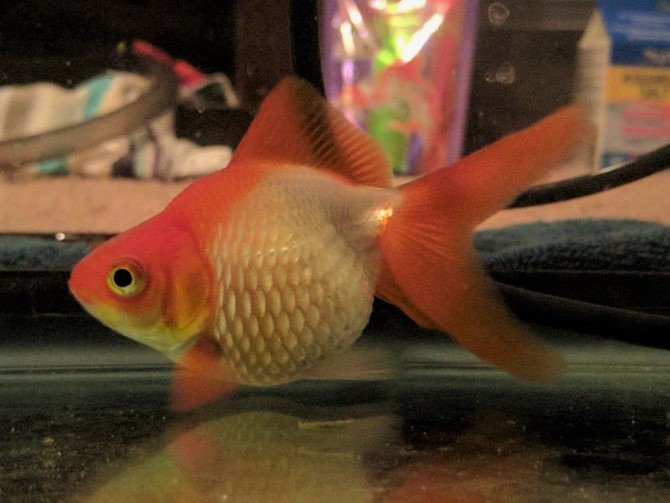
Inflammation Of The Gastrointestinal Tract
If inflammation of the stomach and intestines is confirmed in the fish, then this indicates a lack of a variety of foods. Symptoms of this disease in waterfowl.
- Weakness.
- Darkening of the color of the fins and body.
- Lethargy.
- Loss of balance.
- Change in excrement.
- Swelling of the abdomen with preservation of appetite.
What To Do
To prevent this disease, it is worth reducing the consumption of dry food by fish. It is recommended to do their washing, soaking, disinfection of bloodworms and tubules, diversify the diet.
Why Dropsy Can Occur In Fish
The appearance of dropsy, as a rule, is caused by a number of environmental factors, incl. improperly selected water composition in the aquarium, poor quality nutrition, lack of oxygen, age, or prolonged stress can provoke disease. The immediate cause of ascites may be:
- Infection with a bacterial infection (Mycobacterium, Aeromonas, Nocardia) is most likely the source of the problem if several fish are affected at once;
- Infection with a viral infection;
- The presence of protozoa in the body of a fish;
- Violation of osmotic regulation (the system for maintaining the water-salt balance in the body).
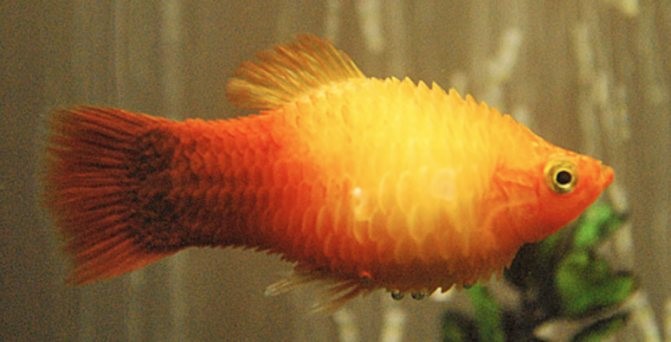
Prevention of Dropsy
The best prevention of disease is maintaining the necessary conditions of detention and minimizing stress. Find out at what temperature and what pH of water the fish in your aquarium feel most comfortable. As a rule, these are the conditions of the natural habitat of this breed. A sharp change in the temperature and water-salt regime or their prolonged violation significantly increases the likelihood of disease in principle.
In addition, the quality of nutrition is of fundamental importance: the use of expired, dirty feed, underfeeding, or, more often, overfeeding is unacceptable. Water pollution also causes a decrease in immunity, so the incidence of dropsy is higher where there are less frequent water changes in the aquarium, that is, the excrement of the inhabitants accumulates in the ground.
Most non-aggressive fish species require hiding places in the aquarium landscape, especially in the presence of more aggressive neighbors. The inability to hide is stressful for the calm fish.
The principle of prevention is simple. The less stress a fish has to endure, the more successfully its body will cope with the threat of disease.
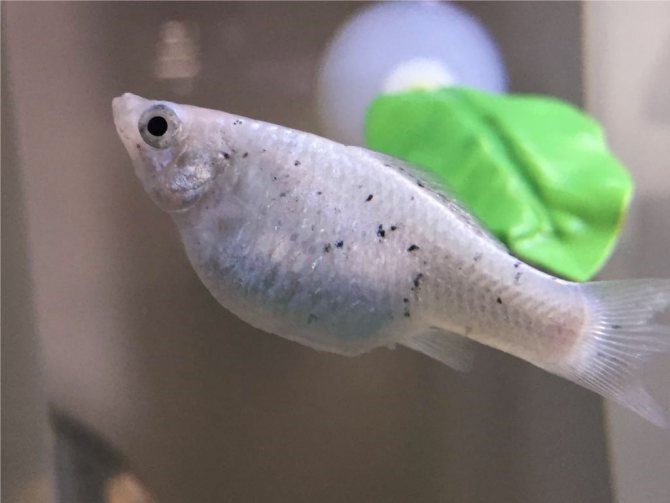
Dropsy Treatment
It is important to make a reservation right away that the success of treatment depends on how quickly it is started – dropsy found at the “pinecone” stage is no longer treatable. You can only cure effectively a fish. The dropsy of which is detected at an early stage: the key sign is mucous excrement.
First of all, you need to isolate infected fish from healthy ones by placing them in another aquarium or a large jar and adding salt there in the proportion of 1-2 teaspoons of Epsom salts (magnesium sulfate) per 40 liters of water. Further, to cure dropsy of aquarium fish, you will have to use antibiotics.
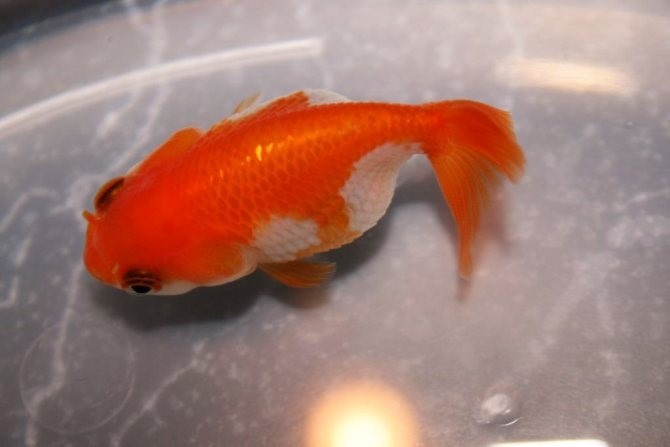
The use of antibacterial drugs can take two forms:
- Medicinal baths.
- Dispensing the drug with feed.
When using medicinal baths, the antibiotic is dissolved in water in a certain proportion according to the instructions. For such procedures, tetracycline (1 tablet per 25 liters of water) or chloromycetin (8 mg per 1 liter of water, 30 minutes) are suitable. This method is suitable for cases when the fish eats live food and it is impossible to mix it with medicine.
When adding an antibiotic to the feed, it is preferable to use small flakes with which the contents of a capsule of the same chloramphenicol are mixed. When using 250 mg capsules, one will be enough to mix with 25 g of feed. The choice of drugs is quite large: Maracyn, Sera Baktopur Direct, Bicillin 5, potassium permanganate. Treatment continues until the symptoms of the disease disappear.
